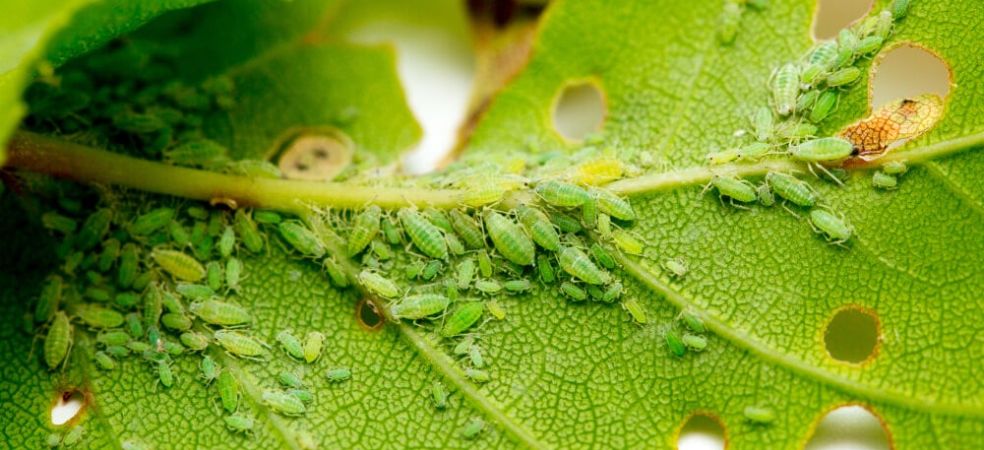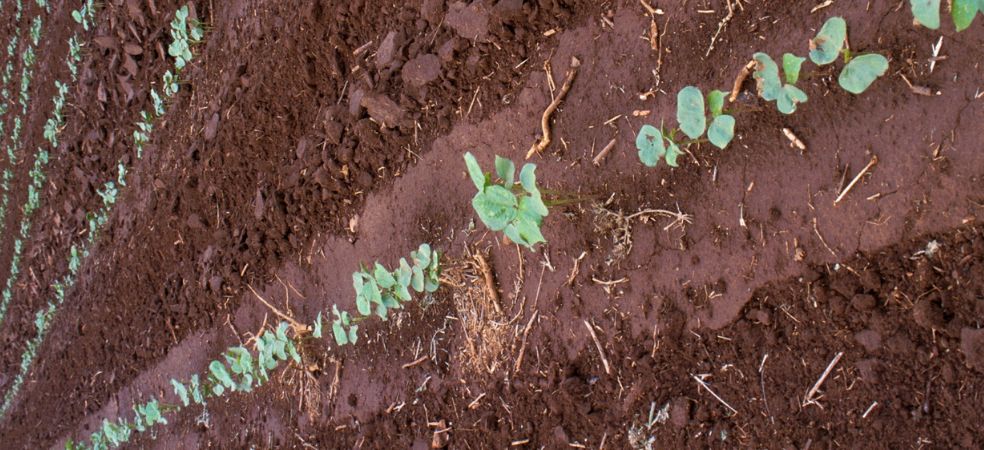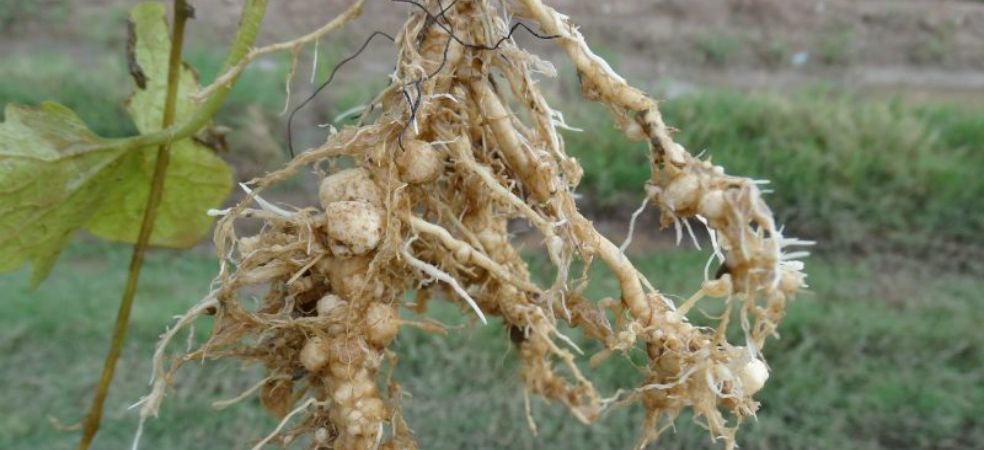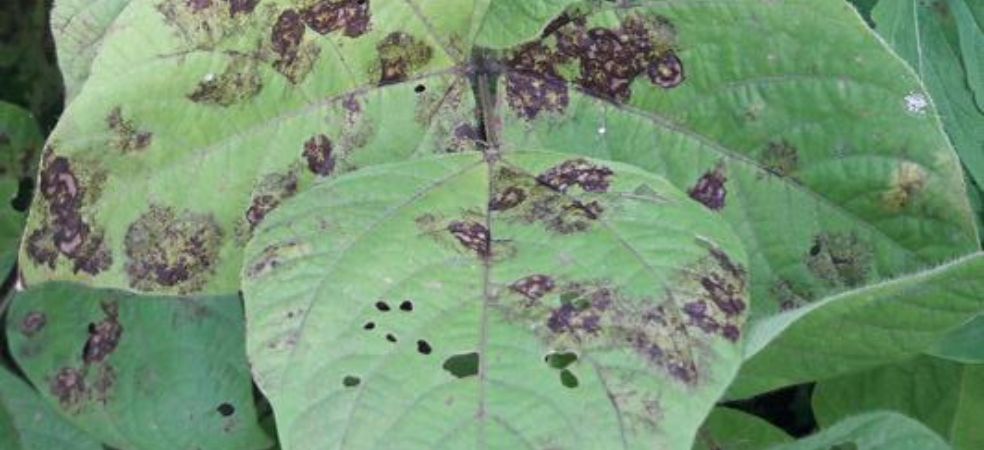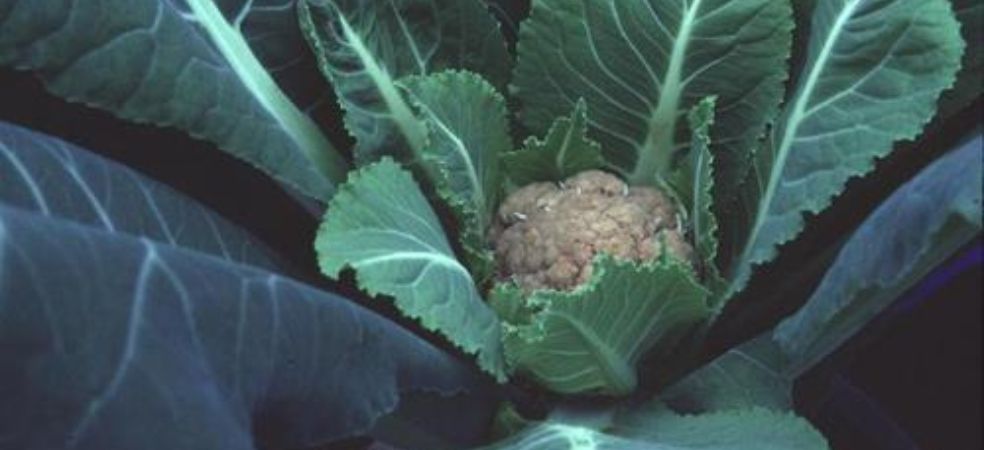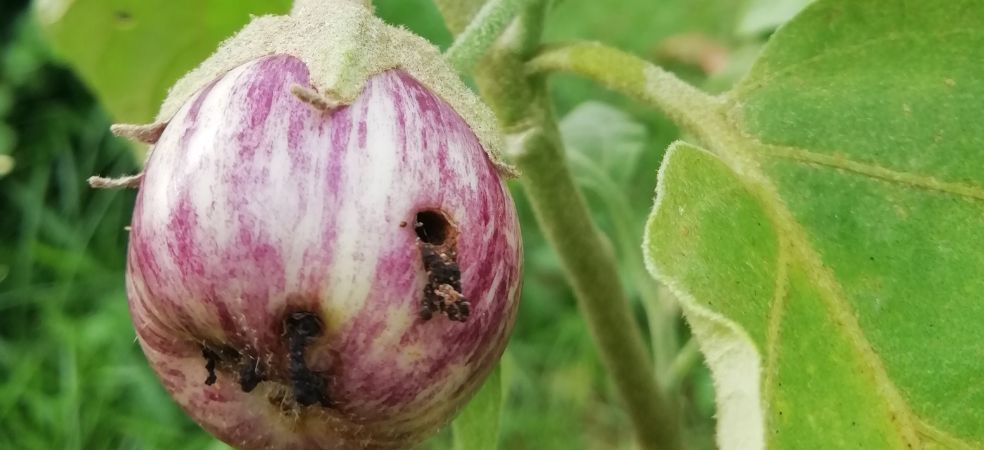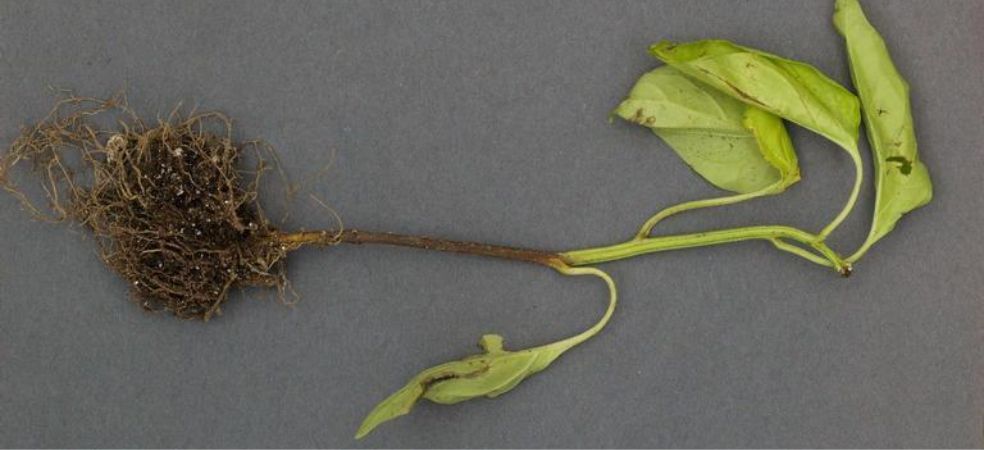Aphids are small, insects that can be yellow, brown or black in appearance. Generally, this pest is found on the lower surface of brinjal leaves, which make groups and suck the sap from the leaves, due to which the shape of the leaves deteriorates. These pests leave sticky honeydew on the leaves, which increases the chances of fungal diseases. Severe infection causes wilting of the leaves and stunted plant growth.
Control: Spray Solomon (Beta-Cyfluthrin 08.49% + Imidacloprid 19.81% OD) 80 ml/acre or Tafgor (Dimethoate 30% EC) 300 ml/acre in 200 litres of water as soon as you see this pest.
ShareFor such important information related to the agriculture sector and farmers, do read Gramophone articles daily. If you liked today’s information then don’t forget to share.

